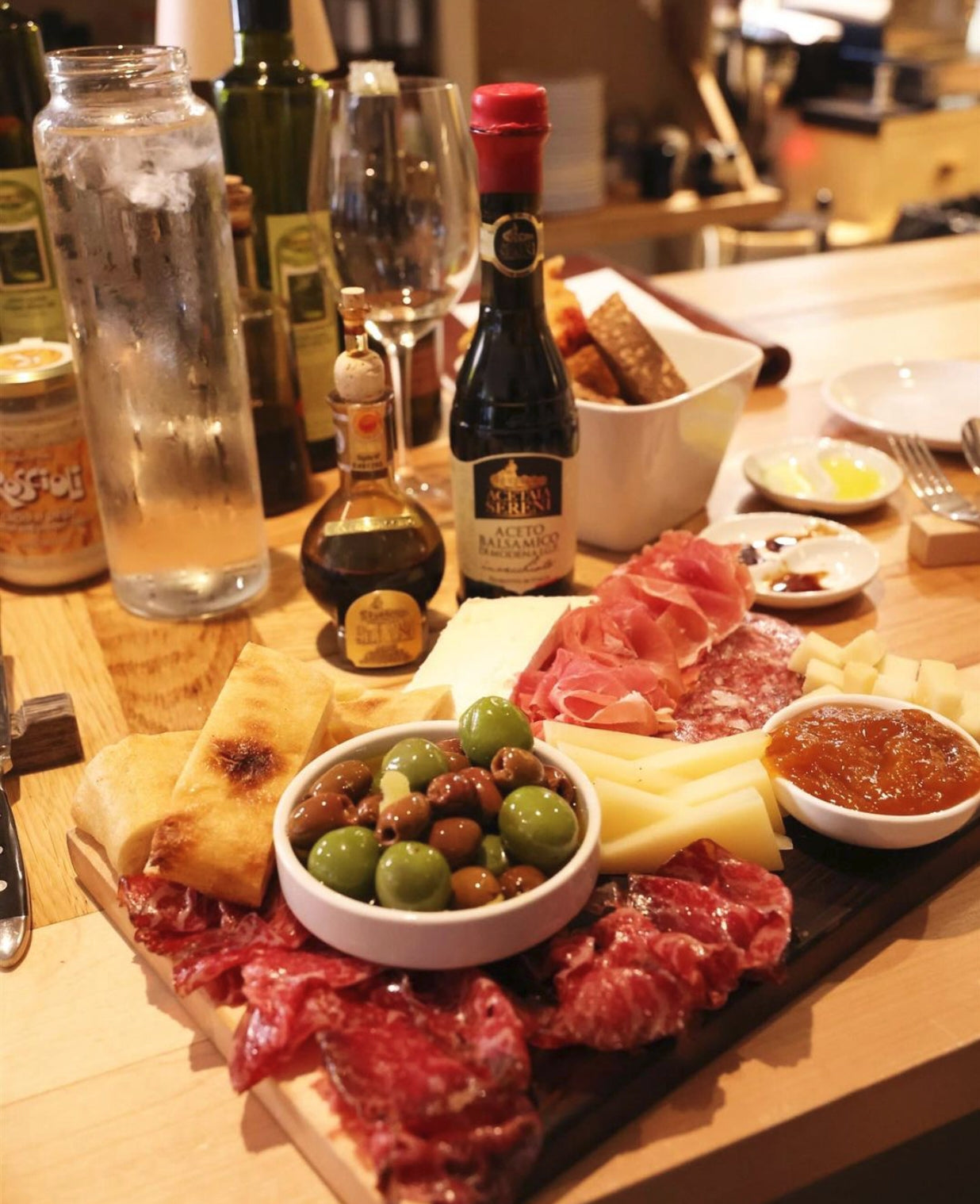In the culinary world,
guanciale is often overshadowed by its more famous cousin,
pancetta. But for those who truly appreciate the nuances of traditional Italian cooking, guanciale is an indispensable ingredient, especially in the authentic dishes of Roman cuisine.
What is Guanciale?
Guanciale is a type of cured meat that comes from the jaws of pigs, giving it a rich, fatty texture that is simply unmatched. The name comes from "guancia," the Italian word for cheek. Unlike pancetta, which is made from pork belly, guanciale has a higher fat content and a unique flavor profile, thanks to its special marbling and aging process. Typically, guanciale is seasoned with salt, pepper, and sometimes herbs like rosemary and sage before being dried for several weeks.
Guanciale vs. Pancetta: What's the difference?
Although both guanciale and pancetta (bacon) are basic ingredients in Italian cuisine, there are significant differences:
1. Origin: Guanciale comes from the pig's cheek, while pancetta is made from the belly.
2. Texture and Flavor: Guanciale has a more delicate, melting texture due to its higher fat content. The flavor is richer and slightly more intense than pancetta, with a depth that adds complexity to dishes.
3. Culinary Uses: Guanciale is less common outside of Italy, making it a valuable ingredient in authentic Italian dishes, especially those from Roman cuisine.
Guanciale in Italian Cuisine: Roman Classics
Carbonara: Perhaps the most famous dish featuring guanciale,
Pasta alla carbonara (often, spaghetti alla carbonara) is a creamy, delicious pasta made with eggs, Pecorino Romano cheese, black pepper, and of course guanciale. The guanciale is the star, providing a spicy, slightly crispy bite that perfectly complements the rich sauce.
Amatriciana: Pasta all'Amatriciana is another Roman classic that wouldn't be the same without guanciale. This dish combines guanciale with tomatoes, Pecorino Romano cheese, and chili peppers, creating a vibrant, rich sauce that clings beautifully to the pasta.
Gricia: Known as the white Amatriciana , Pasta alla Gricia is a simpler but equally delicious dish that uses only guanciale, Pecorino Romano Italian cheese, and black pepper. The result is a pasta that celebrates the full, unadulterated flavor of guanciale.
In the world of Italian cuisine, guanciale is more than just an ingredient—it’s a cornerstone of traditional dishes that have been cherished for generations. While pancetta has its place, especially in less intense preparations, it’s guanciale that truly captures the essence of Roman cooking. So the next time you’re creating a dish inspired by Italian cuisine, especially Roman classics, choose guanciale. Your taste buds will thank you. And of course, if you want to try an original and high-quality guanciale, we have the perfect choice for you:
find our guanciale riserva here :-)
Buon appetito!
